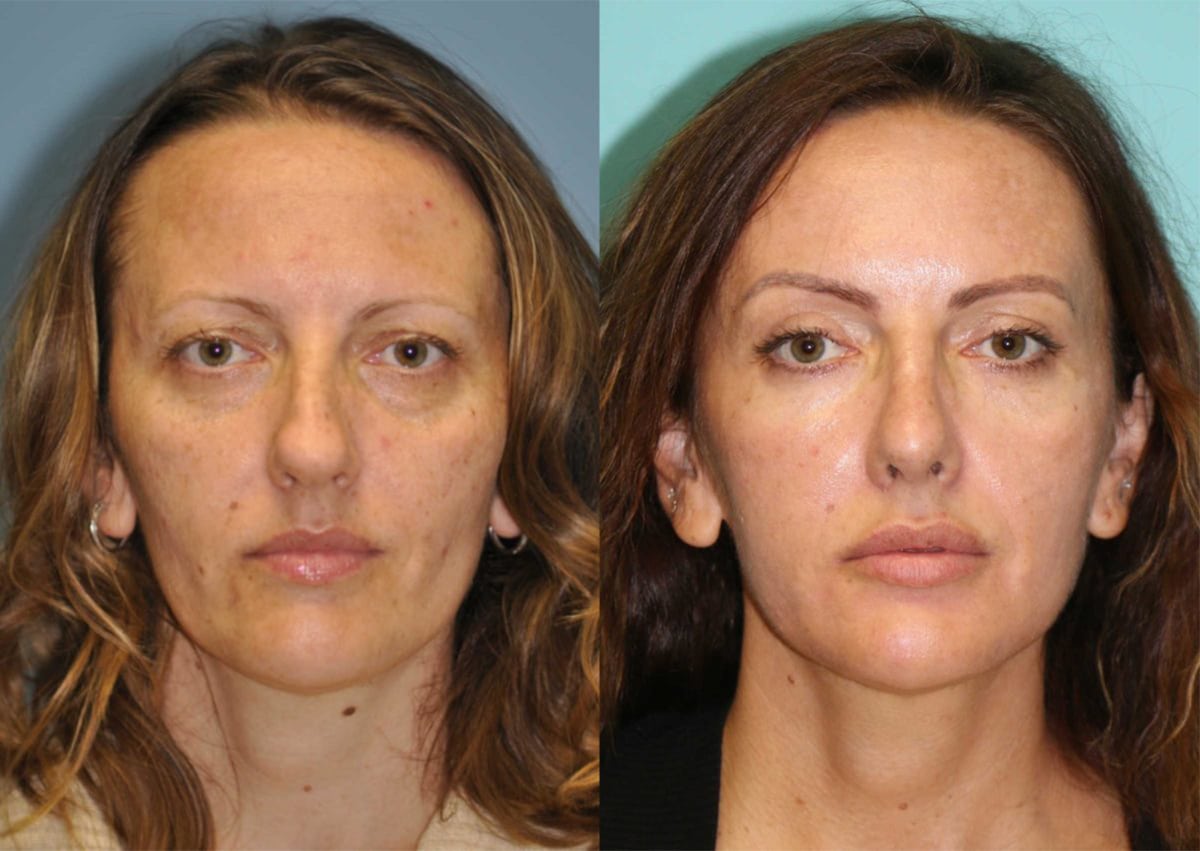
Temporal brow lifts are often called lateral brow lifts. They target the outer edges of the brows. Surgeons lift the tails of the brows, not the center. This creates a subtle arch. It’s ideal for early aging signs or mild sagging. No deep forehead lines are treated. The central brow stays untouched. That’s the key difference from full lifts.
A full brow lift adjusts the entire forehead and central brow position
Full brow lifts offer more dramatic changes. The incision usually extends across the scalp. The entire brow is repositioned. Vertical frown lines are reduced. Horizontal creases fade. The center of the forehead is lifted too. Ideal for deep forehead lines and low brows. This procedure tackles global aging signs, not just lateral sagging.
Lateral lifts use shorter incisions placed within the hairline near the temples
One benefit of temporal lifts is limited scarring. Incisions are small and hidden in the temples. No long scar spans the scalp. Recovery tends to be shorter. The hairline stays intact. There’s minimal impact on the central face. That’s appealing to patients seeking focused results. This approach is less invasive overall.
Full brow lifts may involve longer incisions behind or within the hairline
Full lifts often require coronal or trichophytic incisions. These run behind the hairline. In some cases, they’re placed at the hairline’s edge. Healing time can be longer. There’s more tissue adjustment. Scars are hidden but more extensive. This method allows full forehead elevation. It’s chosen when signs of aging are widespread.
Patients with outer brow droop benefit most from a temporal brow lift
Some patients only notice descent at the outer brow. That’s often due to early aging or genetics. These individuals may not need full lifts. A temporal lift elevates this area precisely. It doesn’t alter expressions. Patients appear more rested. The look is subtle, not artificial. Ideal candidates have good skin tone and no deep forehead creases.
Central drooping, frown lines, or heavy upper lids suggest a full lift instead
Heaviness between the brows requires more intervention. A full lift can release muscles between the eyes. That smooths frown lines and elevates the middle brow. Patients with flat or angry expressions benefit most. It opens the upper face more completely. It’s often combined with eyelid surgery for maximal brightness.
Temporal lifts often take less than one hour under local anesthesia
This procedure is done in-office or outpatient settings. Surgeons use local anesthesia and sedation. No hospital stay is needed. Most surgeries take under 60 minutes. Recovery is usually mild. Many patients return to work within a few days. Bruising is limited to the temples. There’s minimal swelling in the central face.
Full brow lifts may require general anesthesia and take two hours or more
Due to their extent, full lifts take longer. Some surgeons prefer general anesthesia. Others use deep sedation. The procedure lasts 90 to 120 minutes. Patients may need overnight monitoring. Swelling and bruising can involve the entire forehead. It takes longer to heal. Full lifts are considered more intensive.
Results from a temporal lift are more subtle and localized to the outer brow
The goal with lateral lifts is refinement, not transformation. Most observers won’t notice surgery occurred. Instead, patients look fresher. Makeup application is easier. Outer brow arch is restored. Central forehead remains natural. Expressions are unchanged. That appeals to people avoiding dramatic shifts.
A full brow lift delivers global changes across the entire upper face
This option provides stronger aesthetic shifts. Brows rise evenly from inner to outer edges. Forehead appears smoother. Deep grooves lessen. The entire eye region opens up. This can restore youthful proportions. It’s suitable for advanced aging signs or previously failed surgeries. The transformation is more visible.
Some patients combine a lateral lift with eyelid surgery for a balanced effect
Temporal lifts alone may not resolve upper eyelid hooding. That’s where blepharoplasty helps. Removing excess lid skin enhances the lift’s effect. Surgeons often combine both in one session. The result is more comprehensive yet still conservative. Combining procedures minimizes downtime and costs. Patients often report higher satisfaction.
Deep forehead lines caused by muscle activity are better addressed with a full lift
Botox can help in early stages. But deeply etched lines often require surgical intervention. Full brow lifts release underlying muscles. This reduces scowling and tension. It’s a structural correction, not temporary. The smoother result lasts for years. That’s why it’s preferred for older patients or deep-set expressions.
Younger patients seeking light elevation usually choose a temporal brow lift
Temporal lifts are common in patients aged 30s to 40s. They want to enhance, not change. These individuals often dislike outer brow sag or makeup smudging. Surgery corrects the issue without over-altering facial dynamics. Younger skin also heals faster. Scarring is minimal. Results look organic and age-appropriate.
Older patients with forehead wrinkles and heavy brows prefer full brow lifts
As skin elasticity declines, stronger correction is needed. Full lifts reposition brow fat pads. They tighten loose skin and smooth muscle lines. This suits patients in their 50s and beyond. Age isn’t the only factor. It’s more about skin condition and anatomical needs. Surgeons assess this case by case.
Temporal lifts carry fewer risks and lower complication rates compared to full lifts
Because temporal lifts are less invasive, risks are reduced. There’s less nerve disturbance. Lower infection likelihood. Bleeding is rare. Most patients experience tightness and mild swelling. Numbness resolves quickly. Long-term complications are uncommon. That makes it a popular entry point into facial rejuvenation.
Full brow lifts involve greater nerve exposure and longer healing periods
The procedure passes near facial nerves. Temporary numbness is common. Some experience tingling for weeks. In rare cases, nerve injury affects movement. There’s also more swelling. Scarring can be an issue if hairlines are thin. These risks are manageable with proper technique and aftercare. Choose experienced providers.
Costs vary widely depending on region, technique, surgeon experience, and anesthesia choice
Temporal lifts are typically cheaper. Costs range between moderate and accessible. Full lifts cost more due to time and complexity. Add-ons like eyelid surgery increase price. Insurance rarely covers either procedure. Financing is often available. Clinics may offer staged payment plans. Always ask about the full estimate beforehand.
Recovery from a temporal lift averages one week, while full lifts may need two or more
Downtime differs. Lateral lifts cause mild discomfort. Makeup can be worn after a few days. Full lifts need longer healing. Bruising travels lower on the face. You’ll need patience. Sleeping elevated helps reduce swelling. Ice packs are limited to early stages. Follow all post-op guidelines closely.
Scar location and visibility depend on technique, incision depth, and personal healing patterns
Scars heal differently for everyone. Lateral lift scars stay hidden in the temple hair. Full lifts require more concealment. Surgeons may use trichophytic methods to regrow hair through the scar. Scar gels help. Sun protection is essential. Redness fades over months. Don’t rush expectations.
